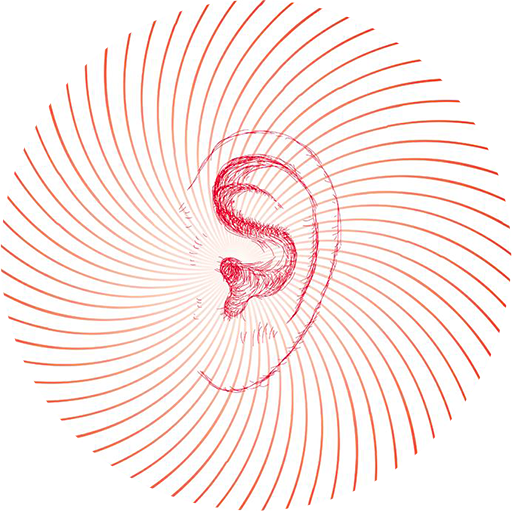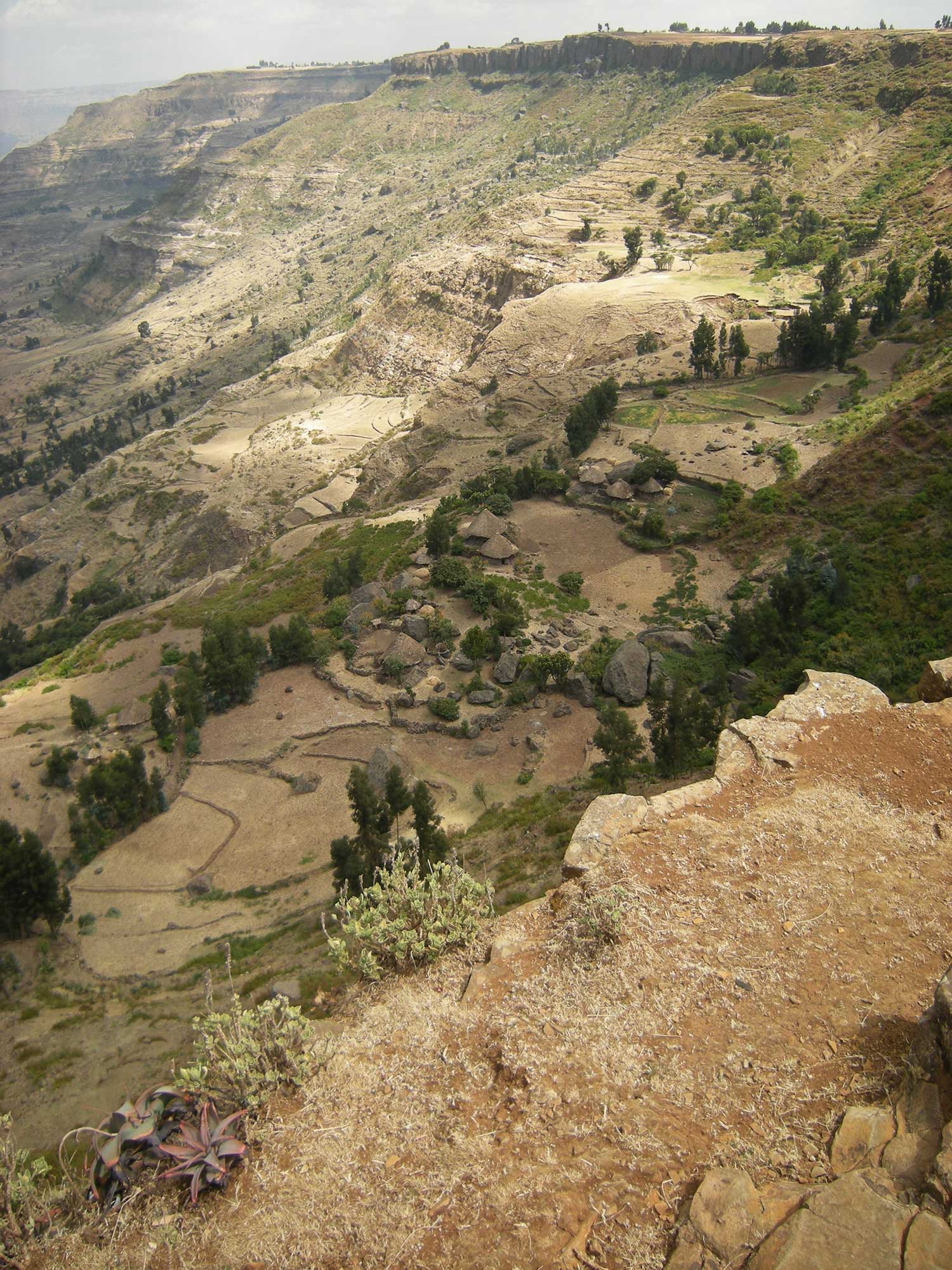I felt the need to accompany this thesis with two soundscape compositions, using the audio material recorded in Ethiopia, because I find that this musical form (as also John Levack Drever states) has the potential of converging acousmatic music and ethnography and, also, because it offers the possibility to expand/extend the audio documentation of a territory, giving vitality to the recordings which would be otherwise lost with just listening to the original document.
Besides, through these soundscape compositions, I am able to transmit my personal interpretation of the territory. A subjective view, filtered also by what excites me or what I remember me about certain experiences that I want to preserve and transmit.
As a reference model I took the compositions and artistic attitudes of Barry Truax and Francisco Lopez. With regards to soundscape composition the latter states:
“There can only be a documentary or communicative reason to keep the cause–object relationship in the work with soundscapes, never an artistic / musical one. Actually, I am convinced that the more this relationship is kept, the less musical the work will be.” (Lopez 2000).
“Soundscape composition” is a musical form that can be enjoyed also by those who are not specifically interested in the African soundscape or in listening to long documentary recordings.
My composition wants to evoke and summarize in a few minutes the sound dimensions encountered while living in Ethiopia even for a few weeks.
Therefore, the field recordings used have not been digitally processed in any way, but have only been selected and cut, preserving the parts that I considered interesting.
The recordings have been selected with the following criteria:
- emotional: they generally evoke memories or emotions
- representative of specific social situations such as people waiting for the bus, markets, end of classes at schools, etc…
- iconic/symbolic of specific acoustic dimensions such as inside of churches, forests, schools, cars, streets, squares.
- musical fragments: musical fragments that come out from shops or a passerby singing or the chanting of an Orthodox priest or a muezzin.
- endangered or rare sounds.
- new sounds: such as those from the new subway in Addis Ababa or electronic sounds from electronic scales in the streets, synthetic voices from GPS units etc…
- according to the quality of the recording: have been discarded all those recordings that they had too much wind, shots to the microphones, distortion problems, me or friends talking.
How I organized soundscapes in compositional form
After choosing all the materials based on the above criteria I followed different possibilities:
- for the composition of Addis Ababa I took a temporal criterion by beginning with dawn sounds until the sounds of the night.
- For markets instead I arranged the composition simulating a soundwalk making slow crossfades of various sonic dimensions and trying to alternate moments of calm in moments of density and speed.
I think that imitation is a form of walking sound that gives the listener the real acoustic dimension of the market because it simulates the behavior of a visit to the market.




